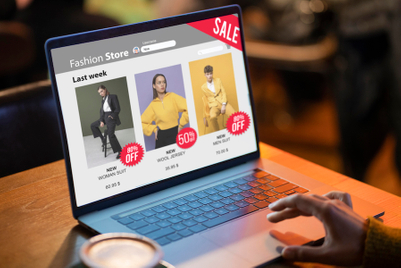Rahul Gautam took over as VP – marketing in August 2015. He joined Ford India 12 years ago. He tells us why the auto major will steer clear of the entry segment, explains segment trends and the brand's digital focus.
How has the journey for Ford been in India?
Ford has been in India since 1995 as Mahindra Ford India. The first model that we launched was Ford Escort. We came into what was then the premium segment. The big product for Ford, which made it a more mass and a household name, was Ikon. That was successful, and came out of a 100 per cent subsidiary from a new integrated facility in Chennai. Since then it has been tremendous journey. We have had few hits along the way. We launched Fiesta in 2005. Some misses as well – Fusion, which was ahead of its time. But then Fiesta, which is now known as Classic, had tremendous success rate. It dislodged Honda City from the number one spot. Figo has been pretty big for us, and took us further into the mass space. Most recently, what we are going through is full transformation as part of One Ford plan, which was precipitated by the US crisis as well. Asia Pacific, apart from China, became a key market and important area for Ford globally. It is a product-led journey for us since then. We put in some plans in place. And the plan is in play right now.
The second facility we have added in Sanand, Gujarat. That plant states our commitment in India. We went ahead with our investments into this market when world economy was shaky. We went ahead with our product plans. We are also looking at exporting.
Isn’t Ecosport facing tough competition in this space, especially from models like Hyundai Creta?
That is the beauty of Indian market. It has the potential and appetite to grow. The market, and Indian consumer, are still evolving. There is room for everyone to play within every Rs 50,000 price band. I agree Creta is doing well. They have a good portfolio as well. It comes at a slightly expensive price range than EcoSport, which enjoys its position in terms of share of mind as well. We continue to enhance our products. We have recently launched the upgraded version with cosmetic and feature upgrades. EcoSport is going stable. There is enough room in the market.
The domestic growth has been flat for most car manufacturers in India. How has Ford fared?
This year there has been roughly 15 per cent growth – exports and domestic – for us compared to the previous year. We sold 1,77,000 units versus 1,54,000 last year. Bulk of the growth has been driven by exports. For us, domestic growth has been flat, with sales of 80,000 units. December is usually the clean out month for dealers. And we follow the calendar year. It is also a time when there is a model-year change and customer behaviour is that they would rather wait for 2016 plates because of resale value considerations. We deliberately plan December in terms of managing the inventories. We do not follow a push model. We are customer-oriented. We are very transparent with dealers and partners. It's as per plan. We expect 2016 to pick up – with Figo and Aspire being re-launched and new products lined up. In the longer run, it will even out. It is just a temporary blip. It is as per plan, as far as domestic is concerned.
What has been the share of exports in Ford’s revenues?
Of the 177,000 units sold this year 99,000 are exports and 78,000 domestic.
What would be your flagship product be from your current portfolio?
In the traditional marketing sense, the new Endeavour that we are about to launch will be our flagship because it brings in technology and comfort and the capability that is true blue Ford. And Ford is a very strong SUV player globally. It is doing very well – in other markets it is known as Everest.
From mass perspective – Figo is what Ford is. We have a good, balanced portfolio, and operate in multiple price bands. And we have products that fit consumer needs and demands. Right from Figo, Aspire and Ecosport – we have a nice portfolio.
Most of Ford’s recent campaigns have been driven by digital…
Our approach to marketing is amalgamation of physical and digital to a large degree. And then there is traditional ATL. We pay close attention, and there is strategic bet – not just in India but worldwide also – that we focus a lot on pre-launch. We take the product ahead of actual launch, and make sure that consumers get to touch and feel the product, and create a lot of buzz.
EcoSport Urban Discoveries was a key campaign where we engaged on digital. We did not have an ATL campaign for it. The whole idea was connected to vehicle proposition and the consumer need of a compact vehicle which can do more, and allow you to see more, with SUV styling. What we did as a part of that, we had physical experiential display as well. We took the idea forward with 'Get Busy Living' for Ecosport. It began with a TV commercial. There was lot of engagement on social media with consumers.
Most recently, we launched 'What drives you' with Figo Aspire using the same strategy, which celebrates aspirational India’s quest to 'Go Further' in line with Ford's ethos. We reached out to tier I, II and III markets. We made sure people get to see the car, and took feedback.
We have WPP as a global agency partner. Within India we have J Walter Thompson, Mindshare and Wunderman come together as Bluehive. Bluehive works dedicatedly – there is a core team that works only on Ford.
Sales is the ultimate goal. But it goes beyond sales, which can follow different trajectories. From a campaign perspective – it has to be the engagement and the response to the campaign. Yes, participant entry is one but also website visits, who is consuming the content, video views, sharing – we track such metrics.
What percentage of your ad spends are going towards digital?
Ford has been far ahead in the category, certainly, in realising the potential of digital. Our focus on digital has been over-indexed as percentage of ad spend versus the category. We have been doing that since the time of Figo launch.
From that perspective, we actually push our agency to be more digitally oriented. We make sure that resources are balanced in such a way. Our agencies have been very capable partners.
The mindset we carry is digital-first. Every approach, campaign needs to be thought on what it can do on digital. We do not adapt TVCs to the digital medium. We always make sure that campaign has life on the social index.
What are the challenges that Indian auto industry currently faces?
Growth is not where it should be. Some positive signs came during the festival season but we still need to see if it will come through. We are looking forward to 2016 but our outlook is flat to moderate growth. We are not expecting high growth.
We have to see how policy and regulatory framework come into play. It is a long-lead industry. I think it will eventually favour consumers, and what is good for consumers will be good for the industry in the long run. But some clarity in policy directions would help.
Between tier I and II towns, which markets contribute most to Ford’s growth? How do you see the trend shaping up?
We have 352 touch points across 189 cities (and towns). We have good spread between tier I, II and III towns. Almost 40 per cent of recent growth has come from tier II and III towns. We are expanding rapidly in smaller towns. In the bigger cities, we are ensuring we have enough touch points and service centers. We are tapping into newer markets.
Is Ford eyeing the entry-level price point in India?
We are watching the segments closely. There is a shift happening – on regulations around safety and awareness of consumers towards better, safer cars. This is driven by infrastructure improvement as well. As we see, entry level cars are actually declining (as a segment). Consumers are naturally progressing towards higher segments. Having said that, India is not going to be a market like China where C-sized cars are much bigger. India will remain a B-sized car market per se. And we have three offerings in the B-segment right now: Figo, Aspire and Ecosport. As far as sub-Bs are concerned, they are significant in size but long-term trend suggests growth in the B-segment. Trend suggests that the consumer will upgrade to better and safer vehicles.
What be the core focus area for Ford in 2016?
We are eyeing a fresher portfolio with all new Endeavour, Aspire, Figo. We will be consolidating and strengthening on these name plates further. We are still in launch mode.
One of the aspects that Ford has focused on, is value of ownership. There are some set perceptions such as cost of ownership, spare parts prices – but the facts are completely different. We are open and transparent to consumers. We want them to know the cost of servicing their car as soon as they walk in. We are piloting various services as part of this – such as calculating it (costs) on our webpage according to model and year. We are working on strategies such as sub-assemblies of cars' parts. For instance, if your car door has a scratch, you can replace the skin rather than the insides of the door. We have also opened up parts distribution to be more accessible to consumers. We have 60 percent of Indian market covered with five distributors in the retail market. We will be focused on customer satisfaction in 2016 to bust some myths.
(This article first appeared in the 22 January 2016 issue of Campaign India)
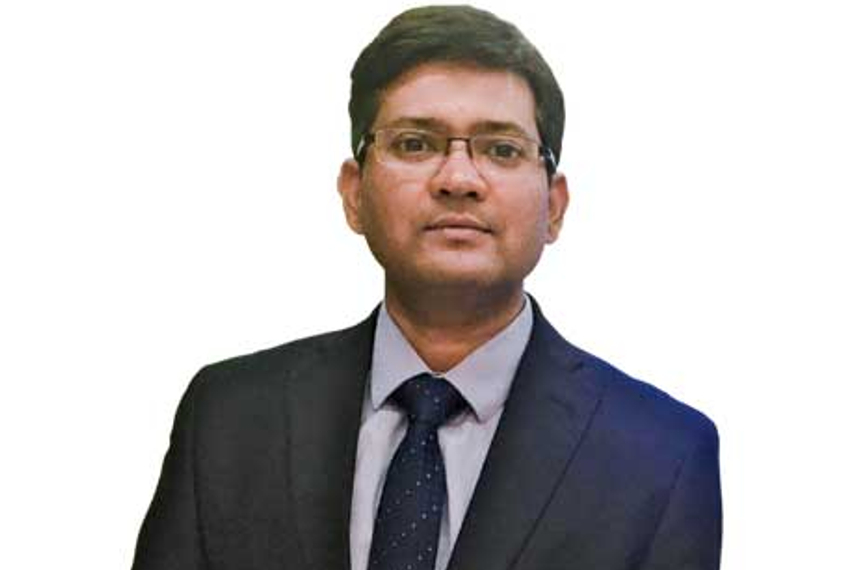



.jpg&h=334&w=500&q=100&v=20250320&c=1)
.jpg&h=334&w=500&q=100&v=20250320&c=1)


.jpg&h=334&w=500&q=100&v=20250320&c=1)
.jpg&h=334&w=500&q=100&v=20250320&c=1)



.jpg&h=334&w=500&q=100&v=20250320&c=1)
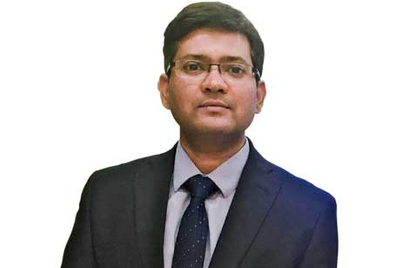
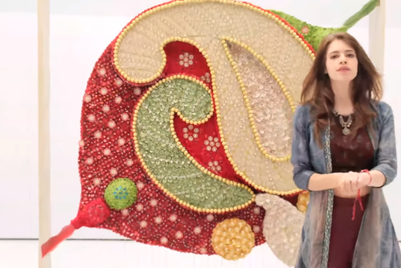
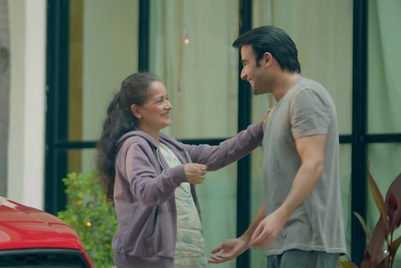
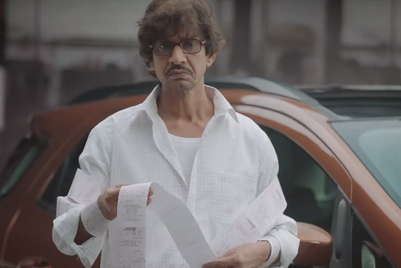
.jpg&h=268&w=401&q=100&v=20250320&c=1)
.jpg&h=268&w=401&q=100&v=20250320&c=1)
